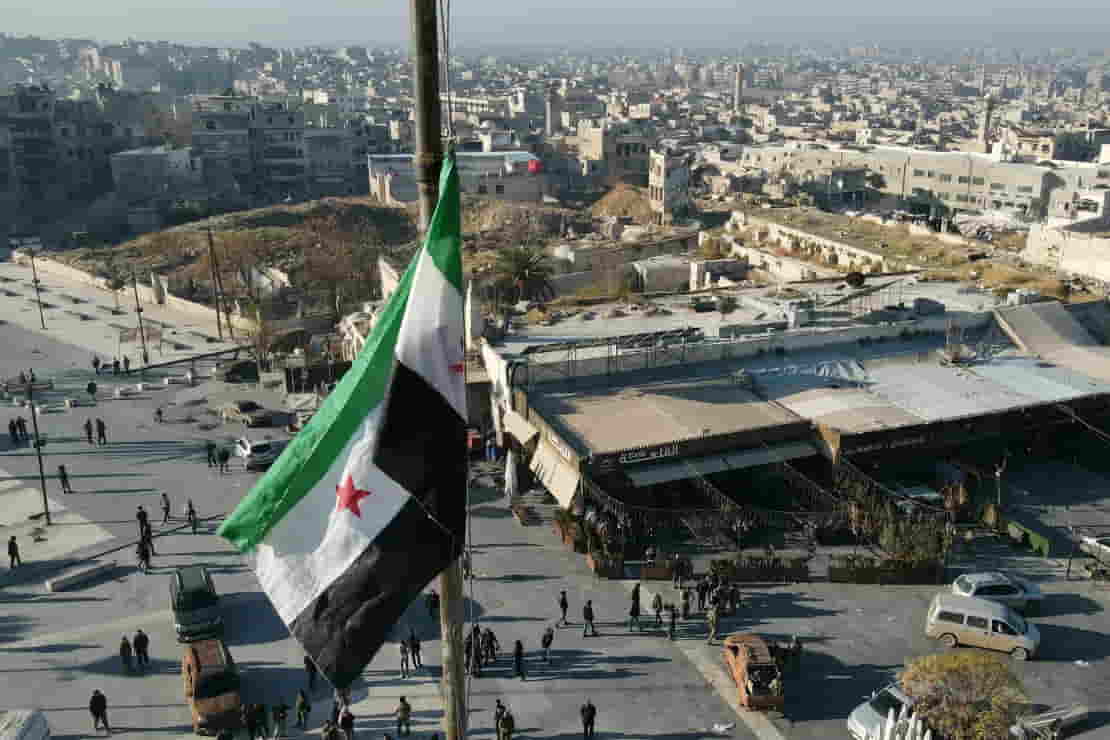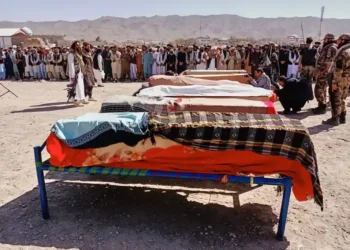The Illusion of Assad’s Control in Syria Shatters Amid Shifting Alliances
For decades, Syria’s Assad dynasty cultivated an image of unshakable power. The phrase “Our leader forever,” often associated with Hafez al-Assad, symbolized his reign. Yet, behind this facade of permanence, the foundation of Assad’s rule has always been vulnerable.
Hafez al-Assad’s death in 2000 ended his physical presence but not the legacy of authoritarian rule, which his son, Bashar al-Assad, carried forward. Over the years, the regime faced significant threats, particularly during the 2011 Arab Spring, when protests and uprisings toppled autocrats across the Middle East. Bashar’s grip seemed precarious, yet he survived thanks to robust support from allies like Iran, Hezbollah, and Russia.
For much of the Syrian Civil War, the conflict appeared to be in a stalemate. Assad regained some semblance of legitimacy within Arab circles, even as Syria remained fractured, with US-backed Kurdish forces, Turkish-supported factions, and Israeli airstrikes all contributing to the chaos. Despite this fragmentation, Assad’s survival was seen by some as a victory.

This week, however, that illusion of stability was shattered. Rebels led by Hay’at Tahrir al-Sham, formerly linked to al-Qaeda, launched a stunning offensive from Idlib province. In just 72 hours, they reached the heart of Aleppo, sparking social media reports of collapsing government forces in northern Syria and advances toward Hama—a city infamous for the brutal crackdown led by Hafez al-Assad in 1982.
The swift unraveling of the regime’s defenses highlights a critical factor: the weakening support of its key allies.
- Hezbollah, once a vital player in propping up the Assad regime, has withdrawn most of its fighters to confront Israel, a move that has cost the group much of its senior leadership.
- Russia, which intervened militarily in Syria in 2015 to stabilize Assad’s rule, is now preoccupied with its war in Ukraine.
- Iran, whose bases and advisers in Syria have suffered repeated Israeli strikes, appears increasingly stretched.

The Assad regime’s survival for 53 years is remarkable, but it has come at a devastating cost. Decades of corruption and mismanagement have left Syria’s economy in ruins, even before the civil war. Since 2011, the conflict has claimed hundreds of thousands of lives, displaced millions, and further eroded any semblance of normalcy for Syrians.
While the Assad dynasty has weathered numerous crises, nothing lasts forever. The events of the past week serve as a stark reminder that even the most entrenched regimes are not immune to collapse.
This article was rewritten by JournosNews.com based on verified reporting from trusted sources. The content has been independently reviewed, fact-checked, and edited for accuracy, tone, and global readability in accordance with Google News standards.
Stay informed with JournosNews.com — your trusted source for verified global reporting and in-depth analysis. Follow us on Google News and BlueSky for real-time updates.
JournosNews.com follows Google News content standards with original reporting, verified sources, and global accessibility. Articles are fact-checked and edited for accuracy and neutrality.


















